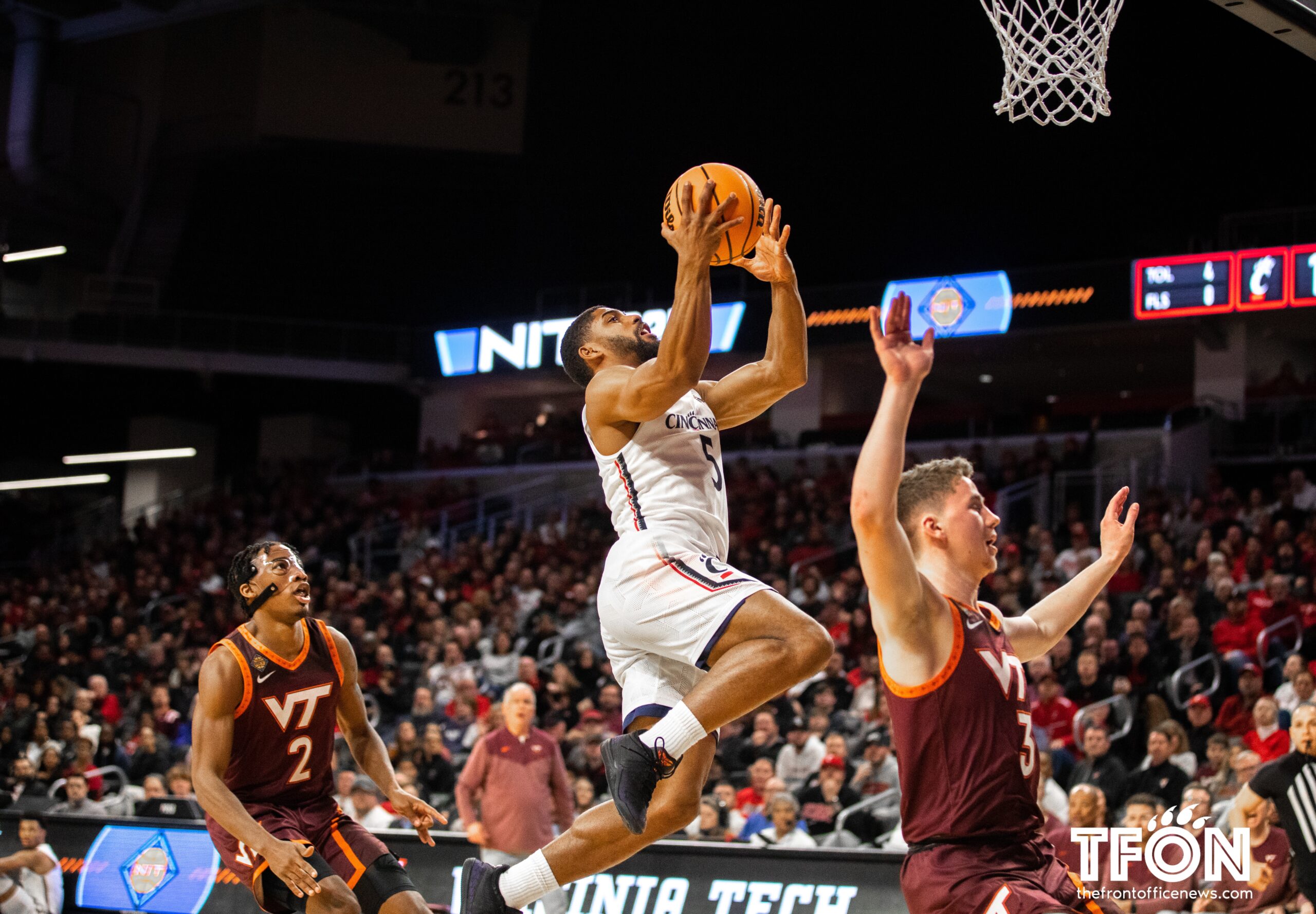The day is December 10, 2018.
The English Premier League, one of the world’s most renowned soccer club competitions, is providing a marquee fixture during the sixteenth week of its 9-month season. The two teams taking part in the game are Chelsea F.C. and Manchester City F.C., who will face off in front of a rambunctious crowd at Stamford Bridge, with its attendance totaling more than 60,000 people. It’s a highly prolific contest seeing how both sides are coined by pundits as genuine candidates to winning the league come spring time. The stars are out on the field ready to shine. The fans are settled on their seats expectant of marvelous soccer. The cameras are fastened and ready to capture the match’s biggest moments. It’s a spectacle truly befitting that of the Premier League. And for the majority of the game, it seemed that the pair of goals scored by Manchester City would be the only highlights the game could muster up.
However, cameras situated around the playing field found a white, middle-aged cohort of Chelsea supporters verbally abusing Manchester City and England national team forward Raheem Sterling. As the brown-skinned player picked the ball up after it rolled out-of-bounds near the touchline, they leaned over the adjacent barricade and shouted insults at his direction. During their incessant yelling, one particular name was recorded from their mouths that left all the viewers watching the game appalled. What they called Sterling in that point of time was a “black cunt.” In response, Sterling smiled and chuckled as he jogged away to hand the ball over and restart the match.
Although Sterling ignored the racial abuse during the game, a media storm nevertheless ensued as questions circulated about whether or not racism has truly disappeared from the game. Nearly one day later, Sterling himself commented on the issue by posting a message on his Instagram account; but instead of talking about the incident, he commented on the comparison his country’s sports media treat soccer players based on their skin colors.
Whenever a white player does something outside of the field like buy something for his parents, he’s met with praise and goodwill; but if a black player does the same thing, he’s hit with a barrage of harsh criticism, Sterling argues. His argument added another layer to the already confounding nature racism has exhibited not just in England, but Europe as a whole. It seemed that the buzz surrounding racism from Sterling’s experience have already given the answer to the question about its presence without it actually being said. No, it hasn’t completely dissipated. In fact, it still exists.
Why is that? Why is racism still existing in a world where social identity—race, gender, sexuality, etc.—is treated with the utmost of importance? This, along with the emergence of social media in the 21st century, should provide the foundation for a racism-free world; and yet, it is still around pestering within the world’s largest metropolises. Furthermore, it’s still rampant in one of the largest and most consistent social gatherings society has to offer: soccer matches. Although considerable work has been made to increase public awareness about the dangers of racial abuse, it stills look to not be enough. And with the three distinct reasons for racism’s persistence in soccer—unaccountability, denial of the very subject, and its looming presence within the grassroots level—it looks like things will stay that way.







